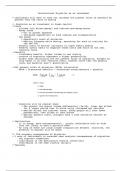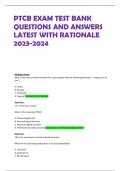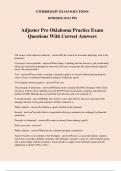Samenvatting
Summary Articles Sustainability Marketing 2025
A summary of the following articles, which are mandatory to study for the exam: - Bryan, C. J., Tipton, E., & Yeager, D. S. (2021). Behavioural science is unlikely to change the world without a heterogeneity revolution. Nature Human Behaviour, 5, 980-989 - Braga L.D., Tardin M.G., Grinstein A. &...
[Meer zien]









